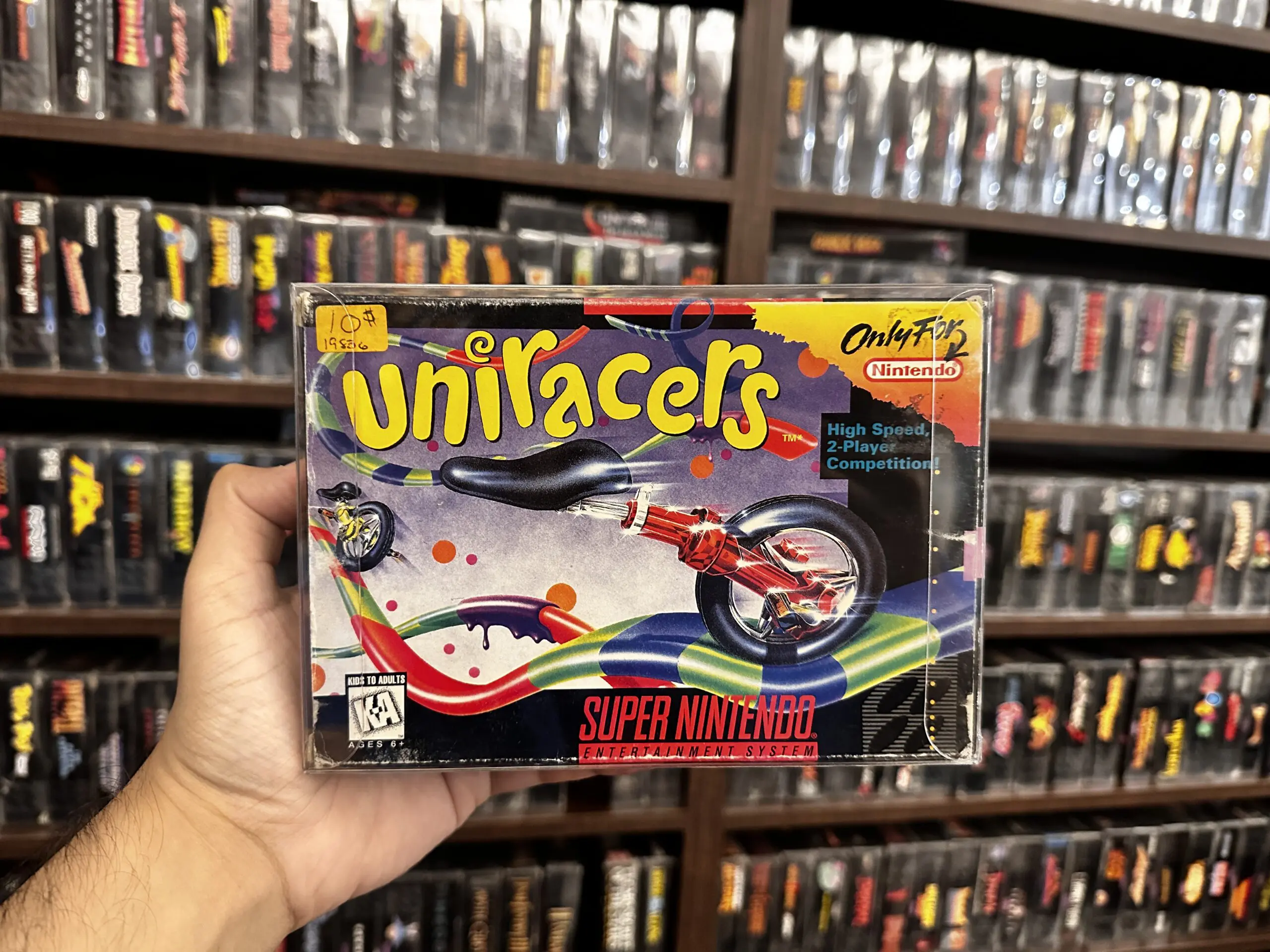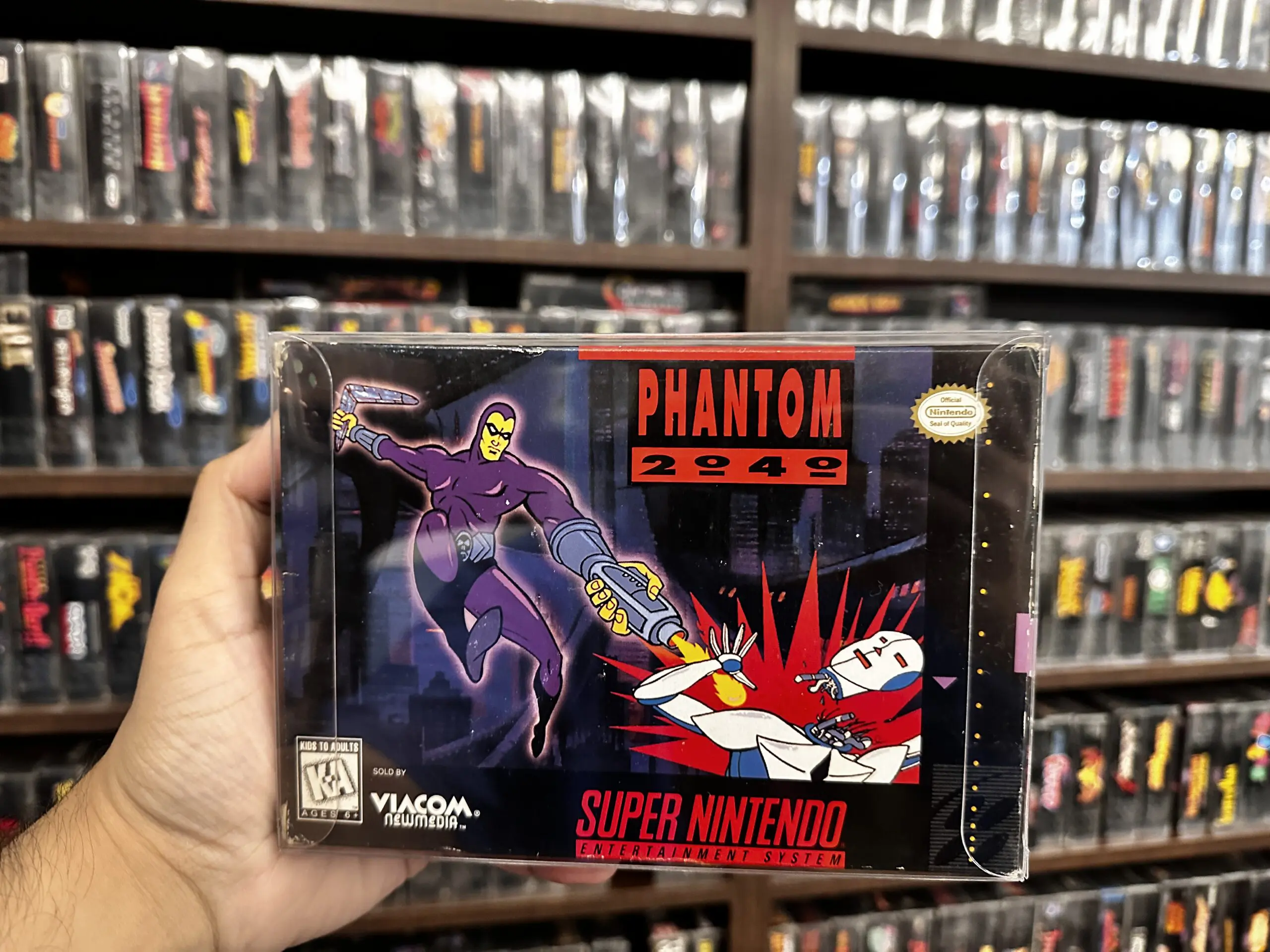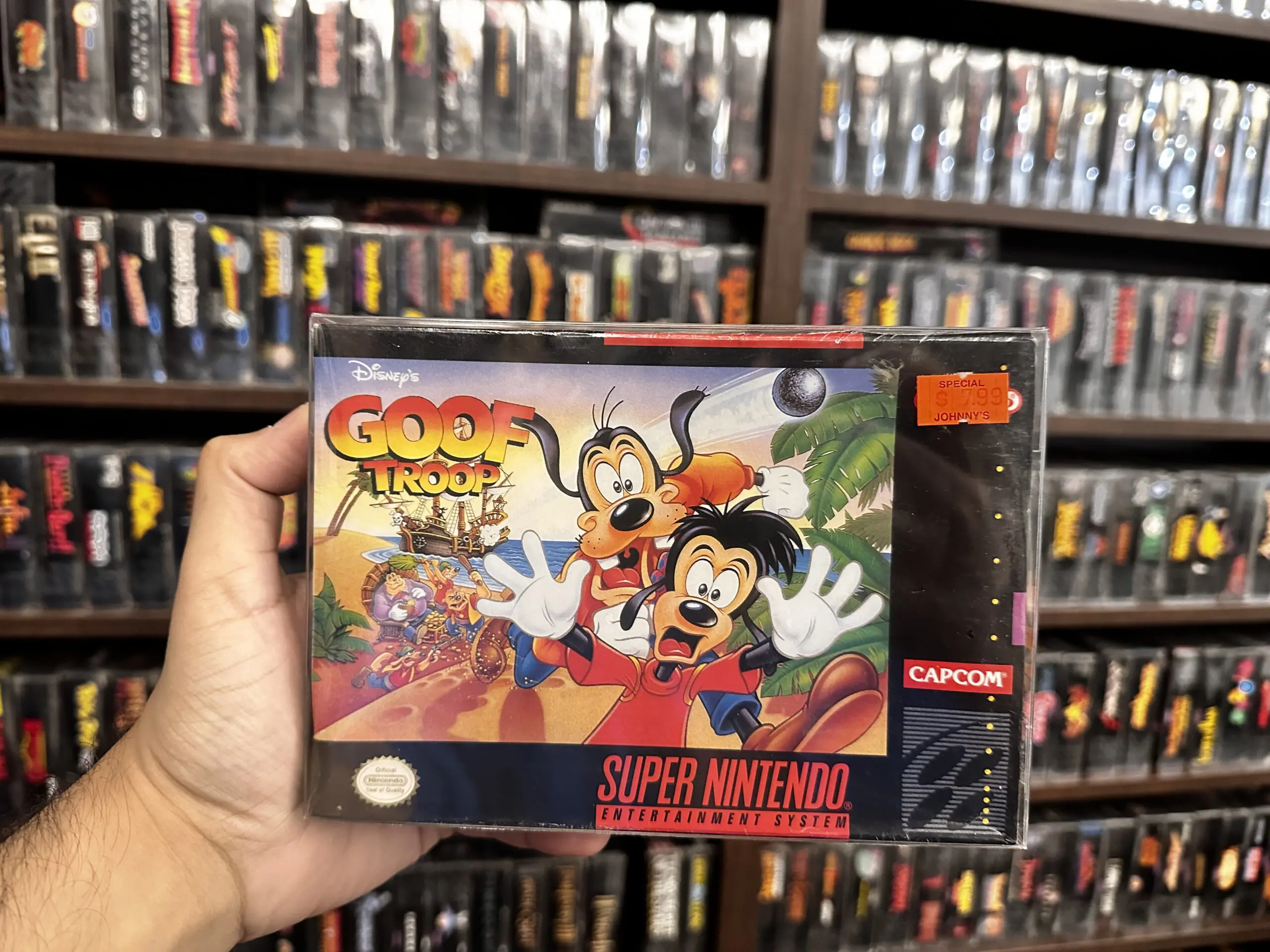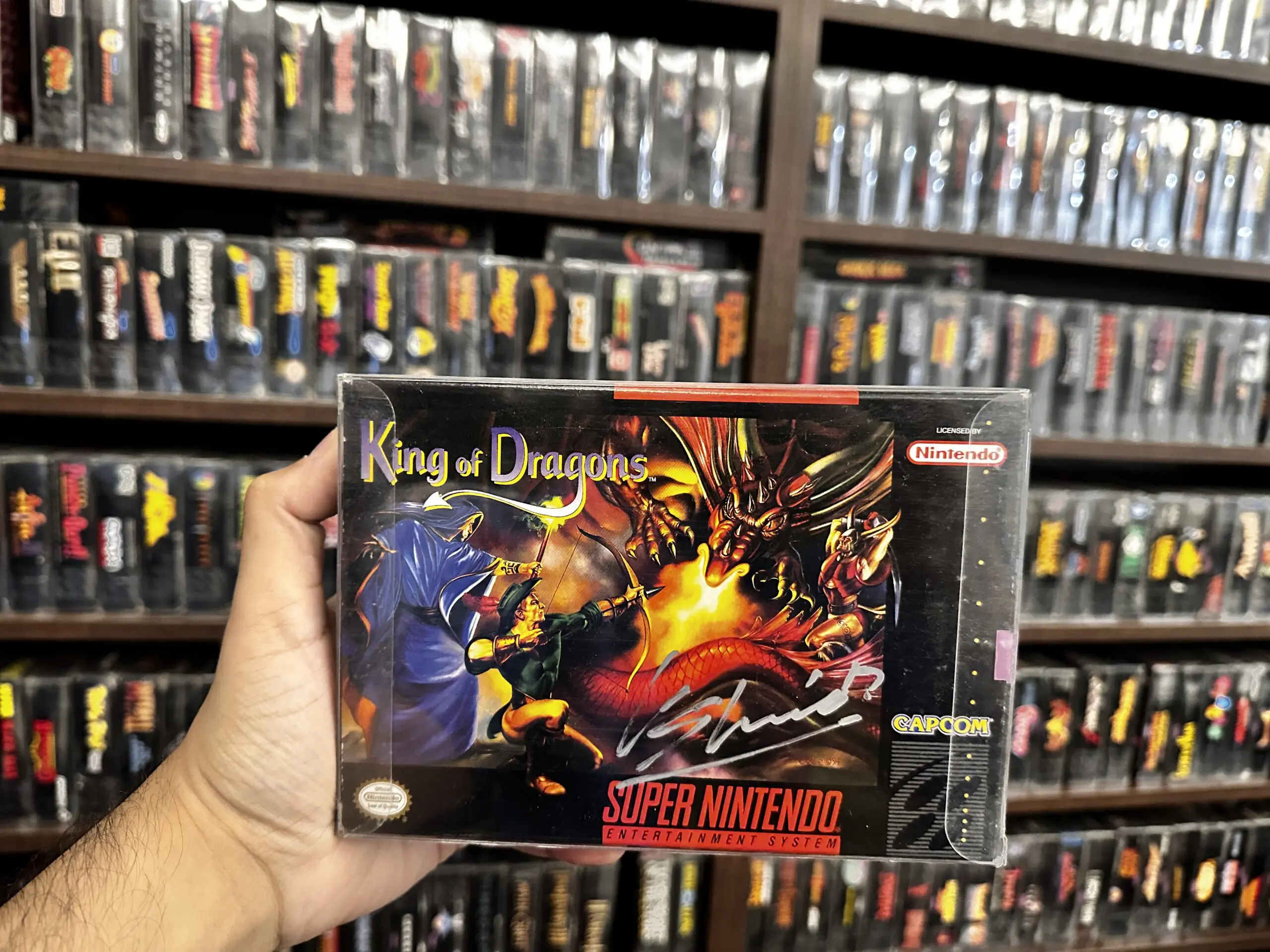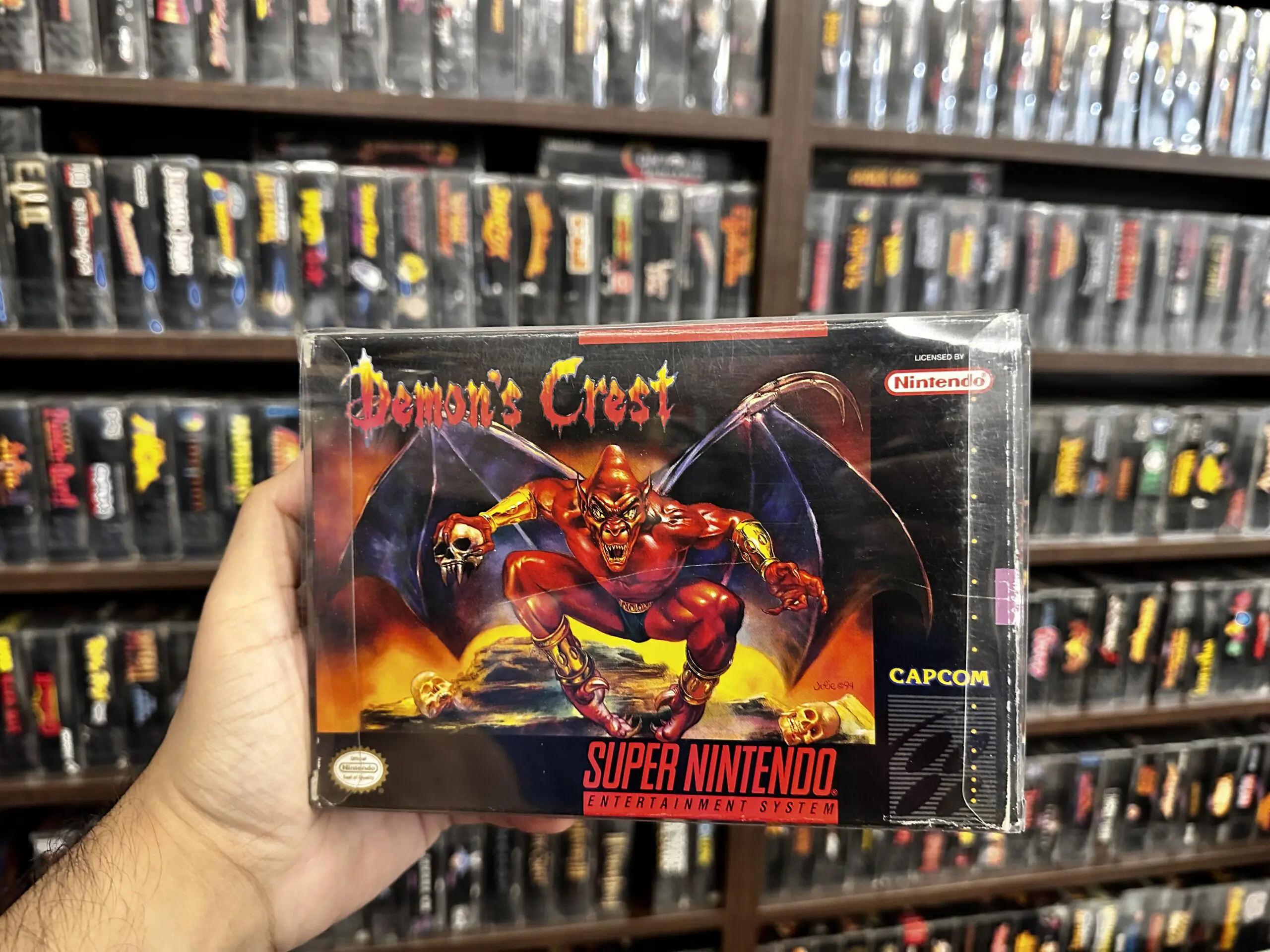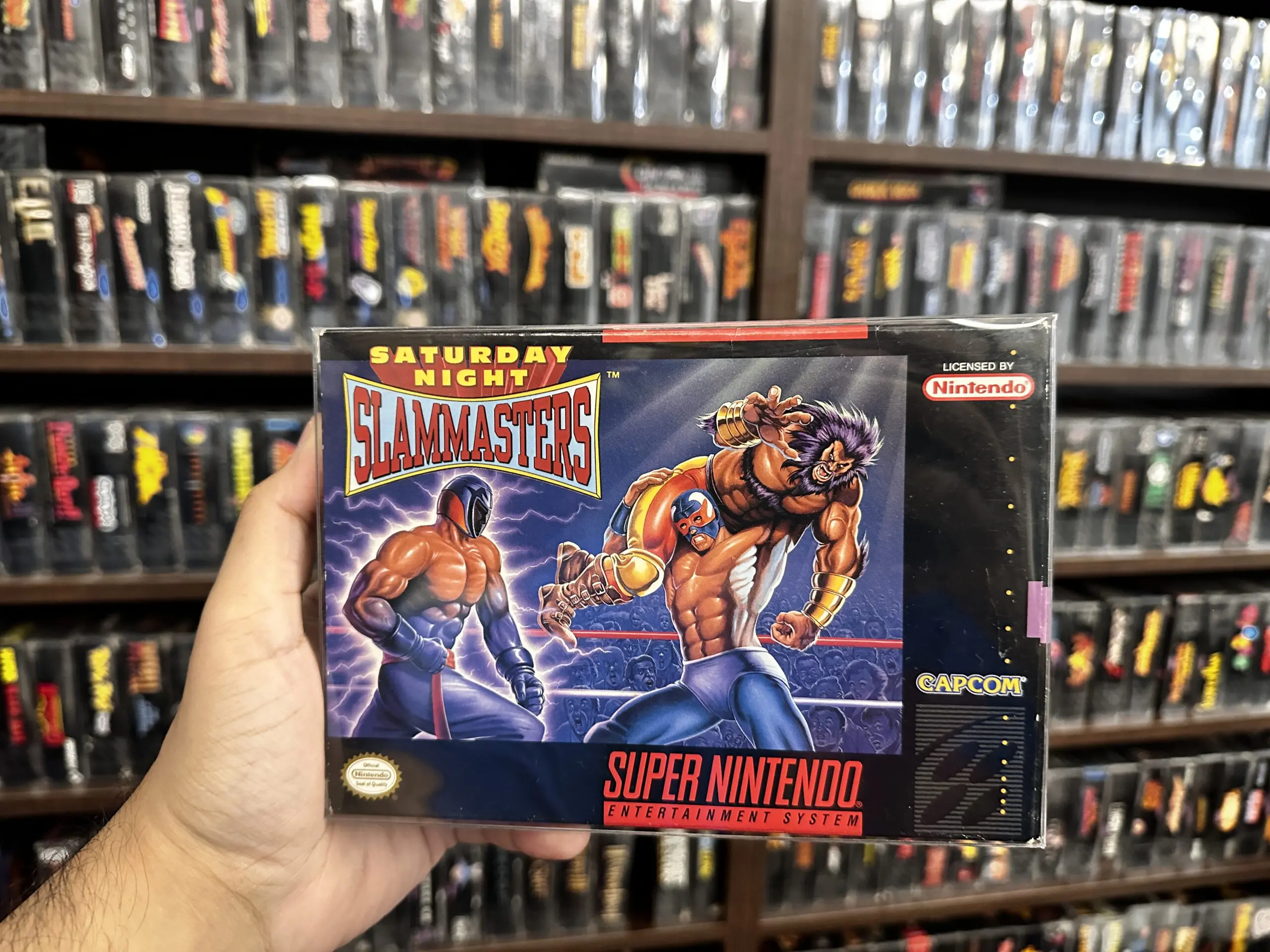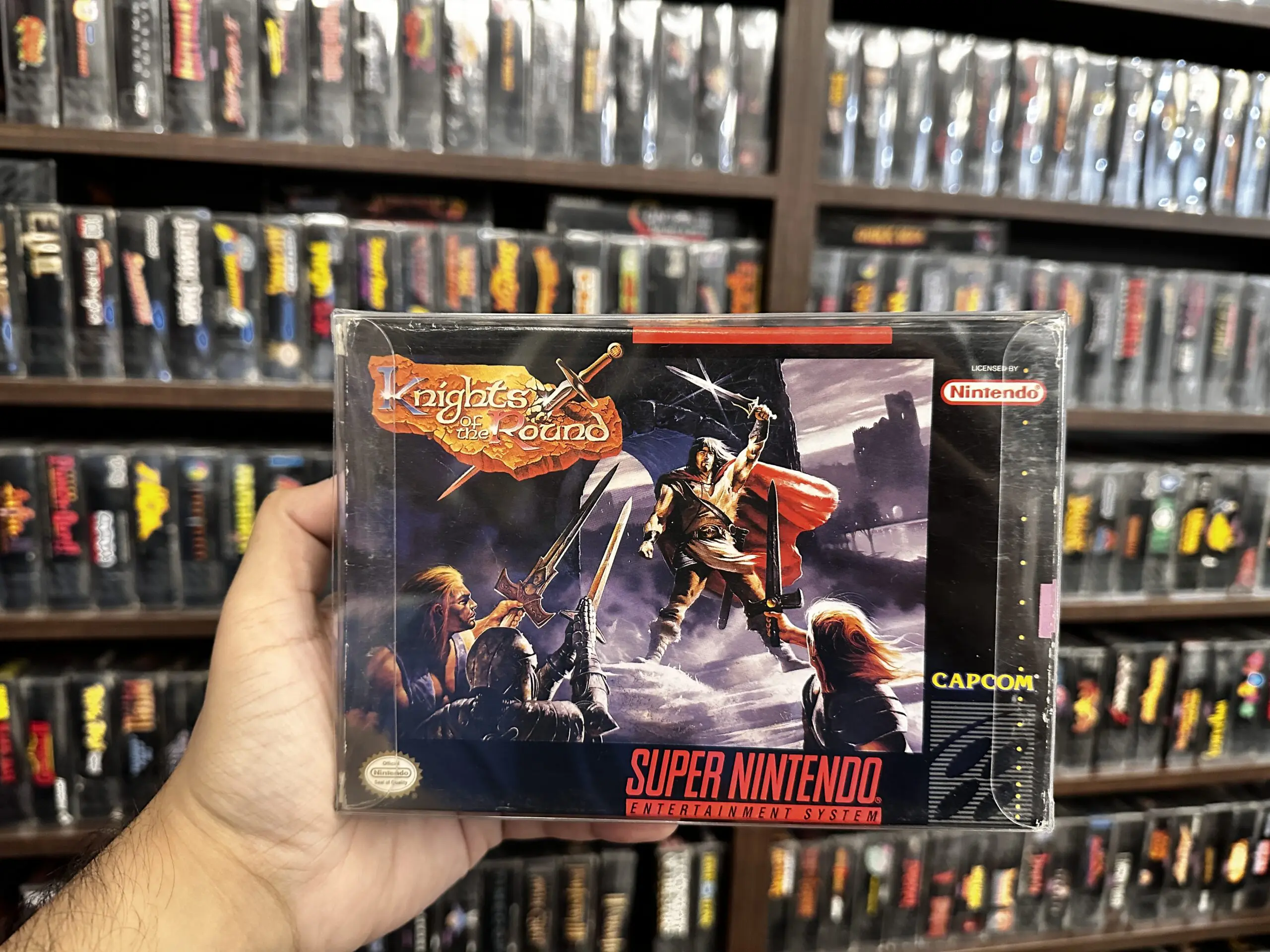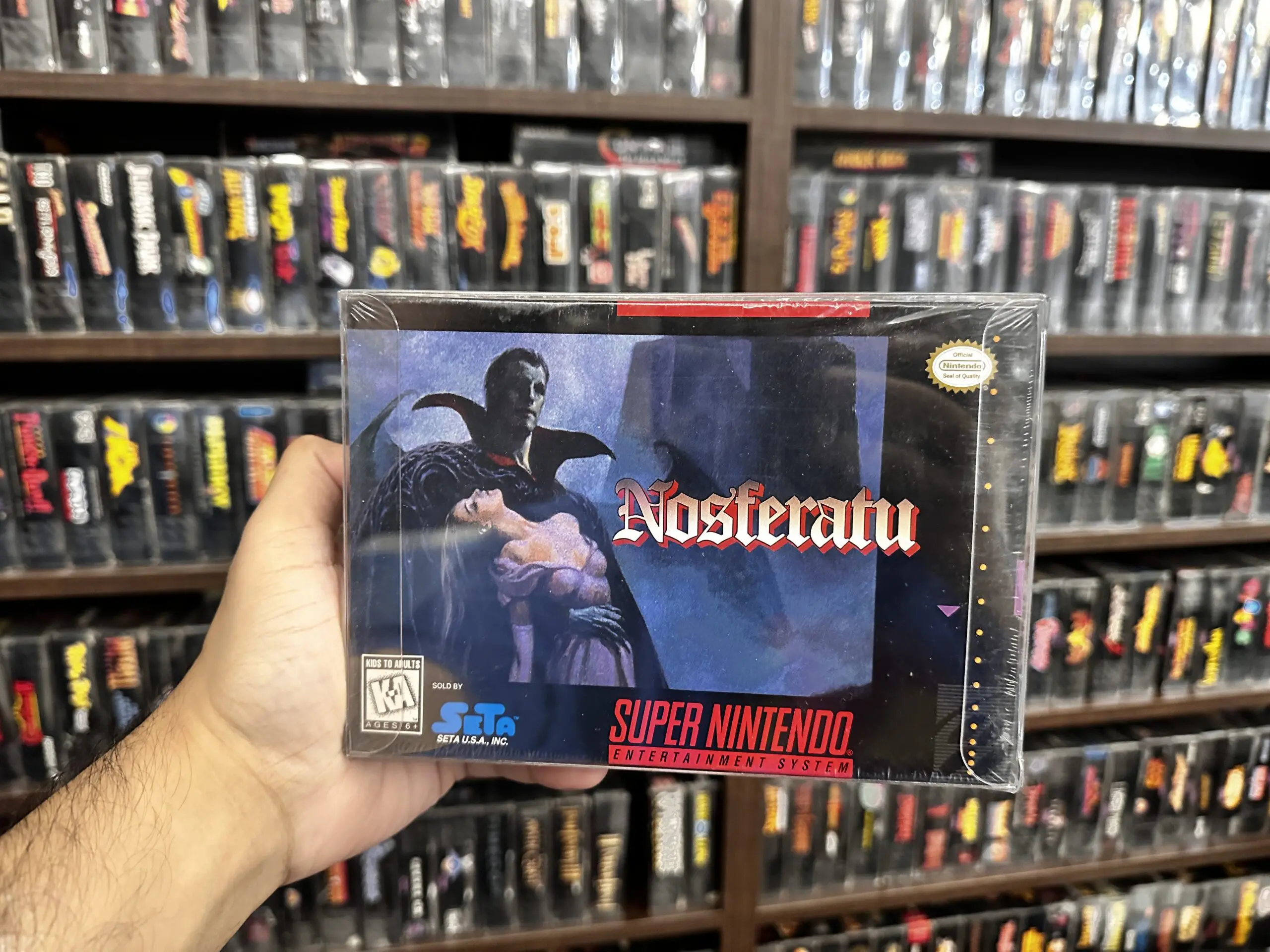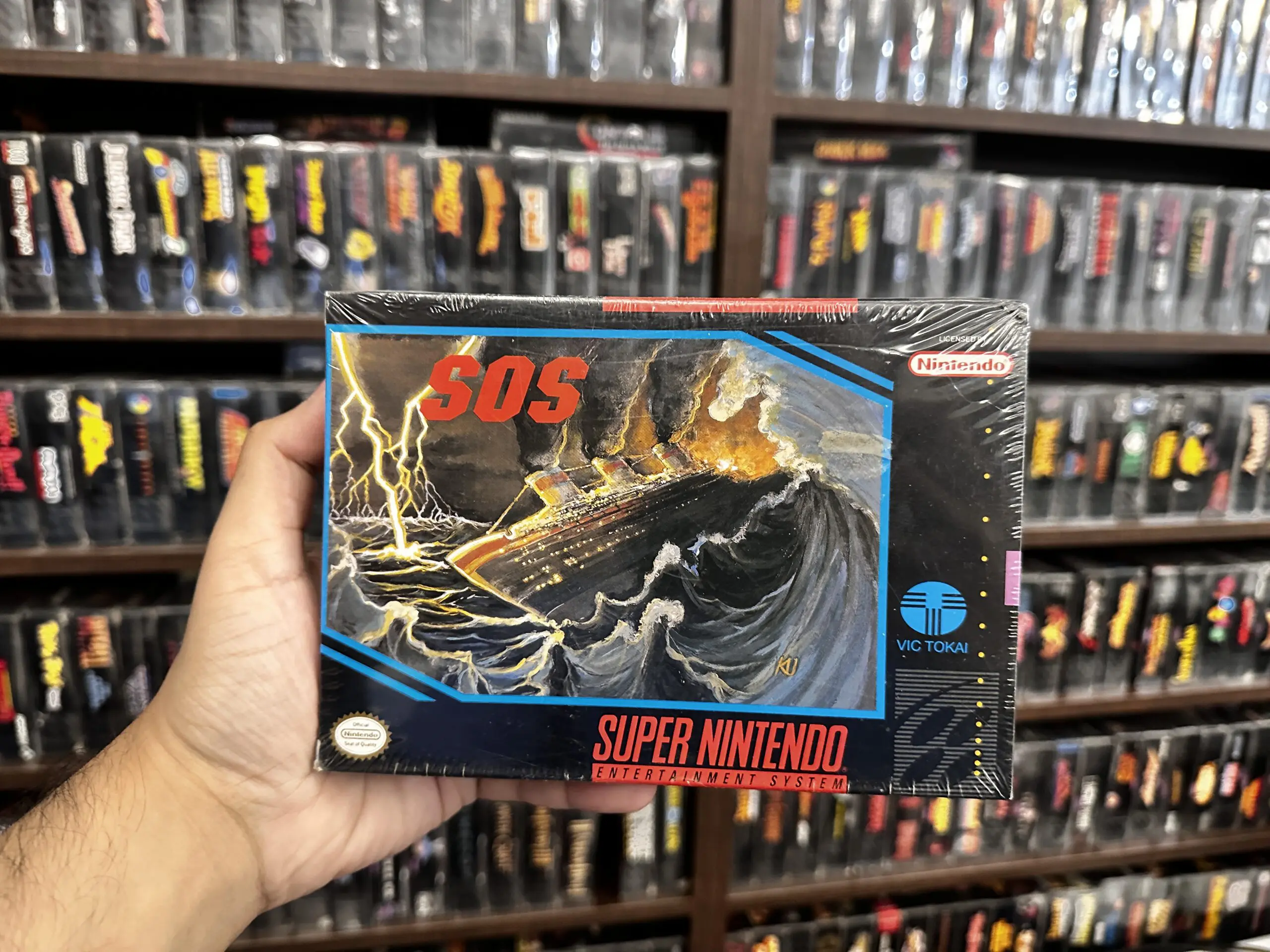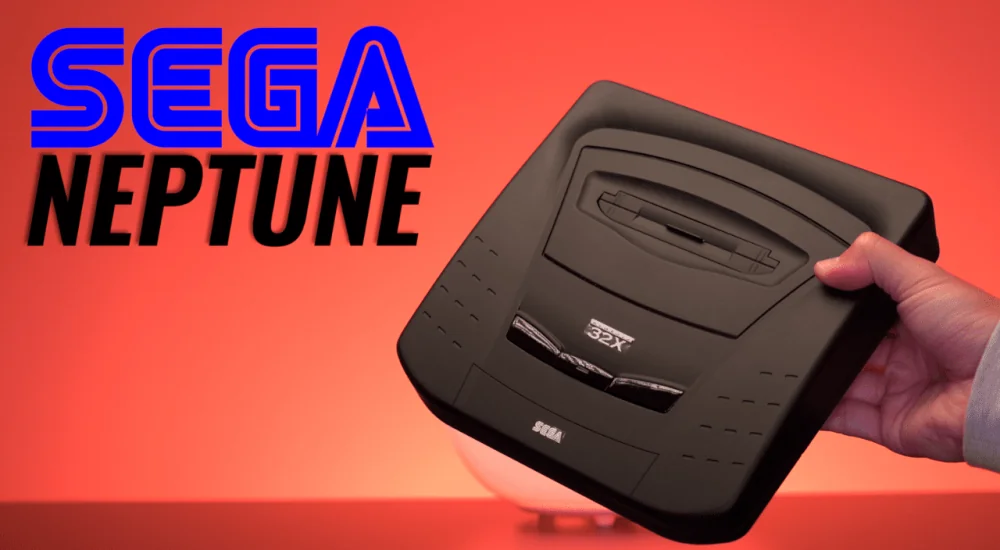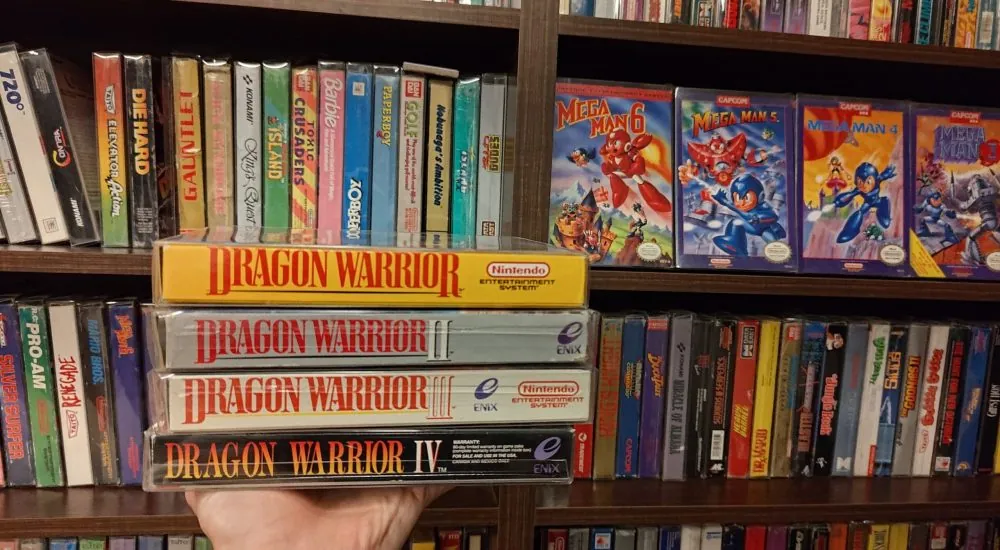The Super Nintendo Entertainment System (SNES) has many well-known games, but it also has some hidden gems that deserve attention. We will lists 10 SNES games that are often overlooked but offer fun gameplay, interesting stories, and plenty of entertainment. Whether you’re a longtime retro gamer or just starting to collect, these lesser-known SNES games will provide hours of enjoyment.
Uniracers
The SNES is loved for its excellent RPGs, platformers, and fighting games, but one game that stands out is Unirally (or Uniracers in the U.S.). Initially appearing as a simple racing game, it combined racing with platforming elements, allowing players to control unicycles in a fast-paced, side-scrolling environment. Notably, it featured a stunt system that rewarded players with speed boosts for performing tricks, adding depth and excitement to the gameplay.
However, the game was marred by a significant flaw: Nintendo released it unfinished, omitting two crucial stunts that rendered the final level unbeatable. This left players frustrated after investing time in mastering the game, diminishing its potential as a classic. Despite its brilliance, Unirally ended up feeling incomplete, and fans are left hoping for a better version in the future.
Firepower 2000
Firepower 2000, developed by Sales Curve Ltd. and published by Sunsoft in 1992, is a shooter game originally designed for the SNES, serving as the third installment in the SWIV series. Despite its Amiga-like aesthetics characterized by a drab brown palette, the game stands out for its impressive performance, handling numerous sprites and explosions without significant slowdown. Players can choose between a jeep and a helicopter, each with unique advantages; the jeep offers 8-directional fire while the helicopter is more agile. The game features a wide array of weapons, including five primary types and three missile options, all of which can be powered up through collectibles.
Firepower 2000 presents intense, densely populated levels that challenge players with a relentless barrage of enemies and projectiles, requiring skillful maneuvering and strategic use of weaponry. Although it consists of only six stages, players face a significant difficulty that rewards perseverance and offers generous weapon drops, creating a rewarding balance between challenge and capability.
Phantom 2040
The 1994 cartoon series Phantom 2040 is not very well-known, but it is praised for its smart storytelling and unique character designs by Peter Chung. The video game for SNES, Genesis, and Game Gear reflects these qualities with tight controls, smooth animations, and Metroidvania-style gameplay. It offers many paths and over 20 different endings, which makes players want to play it again. Players explore the futuristic city of Metropia using a tool called an Inductance Rope to climb and swing to hard-to-reach spots.
The game mixes platform shooting with adventure, giving players a variety of weapons and items, like flame-dousing pellets. The story is told through illustrated and animated cut scenes that highlight the game’s visuals, but the audio is not as impressive, with weaker sound effects and music. Still, Phantom 2040 is memorable for its gameplay, story, and variety, making players want to revisit it even after finishing.
Goof Troop
Goof Troop, developed by Capcom for the Super Nintendo, is a surprisingly engaging action-puzzle game based on a 1990s TV show featuring Goofy and his son Max. The plot revolves around the duo’s quest to rescue their neighbors, Pete and PJ, who have been kidnapped by pirates. The gameplay consists of navigating through a series of static screens filled with puzzles where players must kick blocks into specific locations to advance.
Goofy and Max each have unique attributes, adding strategic depth to combat and puzzle-solving. Although the game is visually appealing and features enjoyable multiplayer mechanics, it lacks significant connections to its source material, such as iconic sound effects. Some may find the game overly generous with health-restoring items, but this complements the challenging puzzles and encourages cooperative play. Overall, Goof Troop stands out as a rewarding experience, despite being less recognized than other Disney adaptations from Capcom.
King of Dragons
King of Dragons is an early beat ’em up game that stands out with its fantasy RPG features and a variety of characters to choose from. Players can select from five distinct characters, each with unique abilities, as they embark on a quest to defeat the red dragon Gildiss. The game has fifteen different levels filled with familiar mythological foes. It includes RPG elements like permanent upgrades that change the characters’ appearances and a leveling system that improves gameplay.
While the fighting mechanics are quite simple and can be challenged by many enemies, the graphics are bright and colorful, especially in outdoor scenes, though the sound quality is just average. There is no save option, but a generous credit system helps, and a two-player mode enhances the experience. Although it may seem outdated, “King of Dragons” offers good replay value and can attract fans beyond typical beat ’em up games.
Demon’s Crest
Firebrand, an enemy from the classic game Ghosts ‘n Goblins, became the star of his own spin-off series, starting with Gargoyle’s Quest on the Game Boy in 1990, followed by Gargoyle’s Quest II on the NES in 1992, and culminating in Demon’s Crest on the SNES in 1994. Although Demon’s Crest initially went underappreciated, it has since been recognized as an underrated action title, often hailed as one of Capcom’s best SNES games, surpassing even Mega Man X in quality according to some fans.
Demon’s Crest, released by Capcom for the Super Nintendo on October 21, 1994, is a notable departure from its predecessors, offering a darker tone and more complex gameplay. While the earlier Gargoyle’s Quest games were simpler and aimed at a younger audience, Demon’s Crest introduces a more mature atmosphere, akin to Castlevania, with intricate enemy designs, a moody soundtrack, and an engaging plot centered around Firebrand’s quest to reclaim six magical crests after being imprisoned by the demon Phalanx. Unlike previous entries, the game eliminates RPG elements in favor of platforming and action-focused gameplay, featuring branching paths, collectible items that enhance abilities, and complex boss battles, including the notoriously difficult final fights against Phalanx and the Dark Demon. Despite its critical acclaim for graphics and sound, the game sold poorly, preventing Capcom from continuing the series, yet it remains a unique blend of atmospheric storytelling and engaging gameplay, deserving of recognition among 16-bit classics.
Saturday Night Slam Masters
Saturday Night Slam Masters is a unique wrestling game developed by Capcom for the SNES and other platforms, offering a blend of wrestling and fighting elements. While it features in-ring action with ropes, turnbuckles, and recognizable wrestling moves, its gameplay leans more towards traditional fighting, making grapples challenging to execute.
The game showcases a vibrant roster of characters, influenced by the Street Fighter series, each with distinct fighting styles and personalities. However, it lacks match variety, offering only standard 1v1 and Team Battle Royale modes with limited fighter selection, which diminishes replay value. Visually, the graphics reflect Capcom’s signature style, though the arenas and audio leave much to be desired. Overall, while it may not outperform other wrestling games from the era, Saturday Night Slam Masters stands out as a fun, albeit flawed, entry worth revisiting.
Knights of the Round
Knights of the Round a 1994 SNES port of a Capcom arcade game, impresses with its high-quality gameplay, graphics, and sound. Players can choose from three distinct characters—Arthur, Percival, and Lancelot—each possessing unique abilities and play styles. The game stands out for its challenging mechanics, emphasizing skill over button mashing, with a precise guarding system and the need to master combos.
While the SNES version limits multiplayer to two players, the experience remains engaging, featuring diverse enemies and bosses that require players to learn their patterns. Players earn points to level up and enhance their characters, adding an RPG element. The visuals and music are strong, contributing to an immersive atmosphere. Overall, “Knights of the Round” presents a rewarding blend of deep combat, cooperative fun, and a memorable adventure for fans of the beat ’em up genre.
Nosferatu
Nosferatu is a 1994 SNES platformer in which players control a vampire hunter named Kyle, aiming to rescue his girlfriend Erin from a vampire. Set in an atmospheric castle, the game combines precision platforming and combat reminiscent of “Prince of Persia” and “Castlevania.” Players navigate various traps and engage in battles with unique enemies like Stabby, a hunchback who morphs into a weak werewolf.
The game includes creative boss encounters and features collectible treasures that enhance health and abilities. While the gameplay can be frustrating due to challenging controls and unexpected hazards, it offers a rewarding puzzle-like experience. Players are encouraged to learn enemy patterns, especially when facing the final boss, Nosferatu. The game’s nostalgic visuals and quirky elements make it a fun choice for Halloween, even if it feels demanding at times. Overall, “Nosferatu” stands out for its engaging animation, fluid controls, and retro charm, appealing to fans of retro gaming.
SOS
The 1994 SNES game SOS, developed by Human Entertainment, draws inspiration from the disaster film The Poseidon Adventure, focusing on the survival of characters following the capsizing of a luxury ship called the Lady Crithania. Players choose from four protagonists, each with unique backstories, and have 60 real-time minutes to navigate obstacles and assist other survivors while reaching the boiler room.
The gameplay features a 2D side-scrolling format with platforming elements. The game employs the SNES’s Mode 7 graphics to create dynamic shifts in the game environment, adding to the immersive experience. Despite the challenge presented by the controls and AI, the game’s unique concept emphasizing cooperation and survival offers an engaging and rewarding experience for those who enjoy overcoming obstacles and helping others escape to achieve a better ending.


